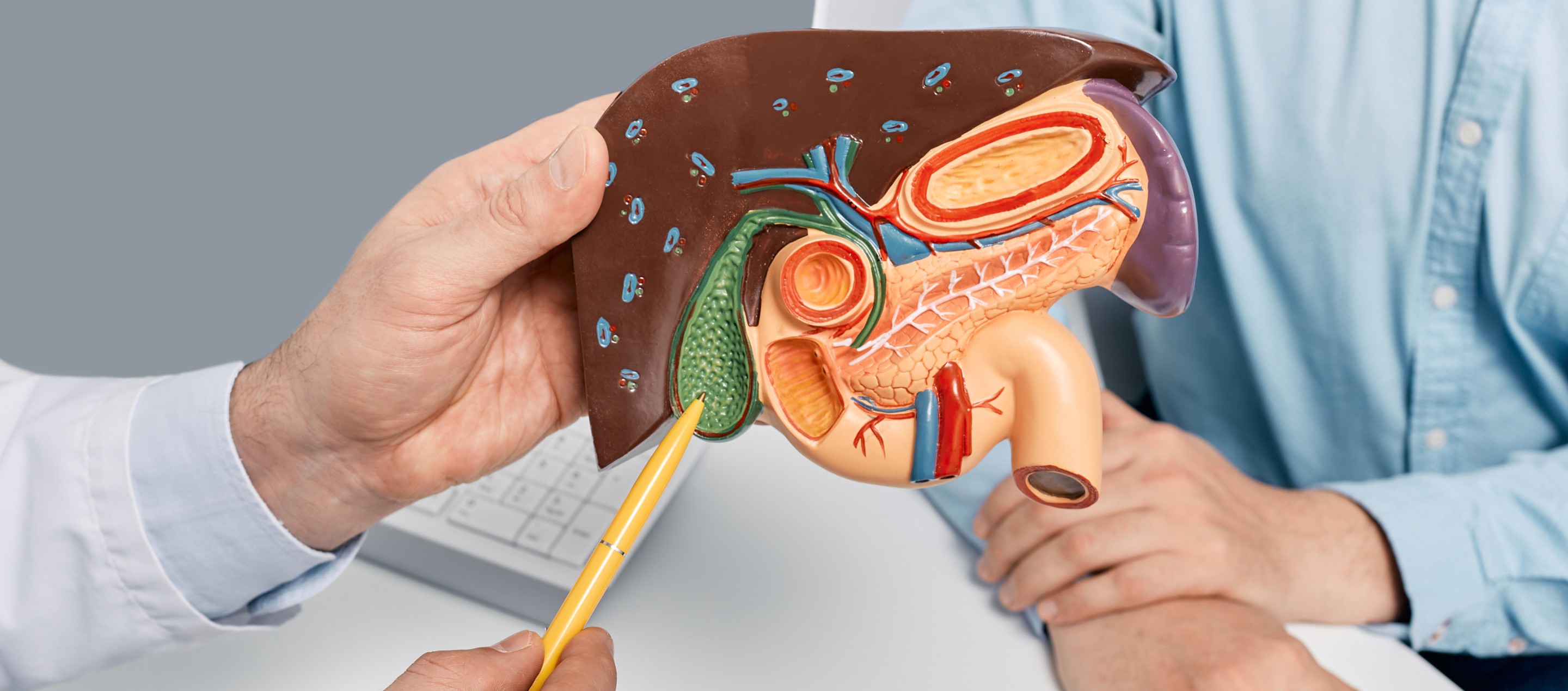
Understanding the Hepato-Biliary and Pancreatic System
Liver, gallbladder and pancreas are the accessory organs of the digestive system, they work in different ways but all play an important role in assisting the gastrointestinal (GI) tract to break down the food.
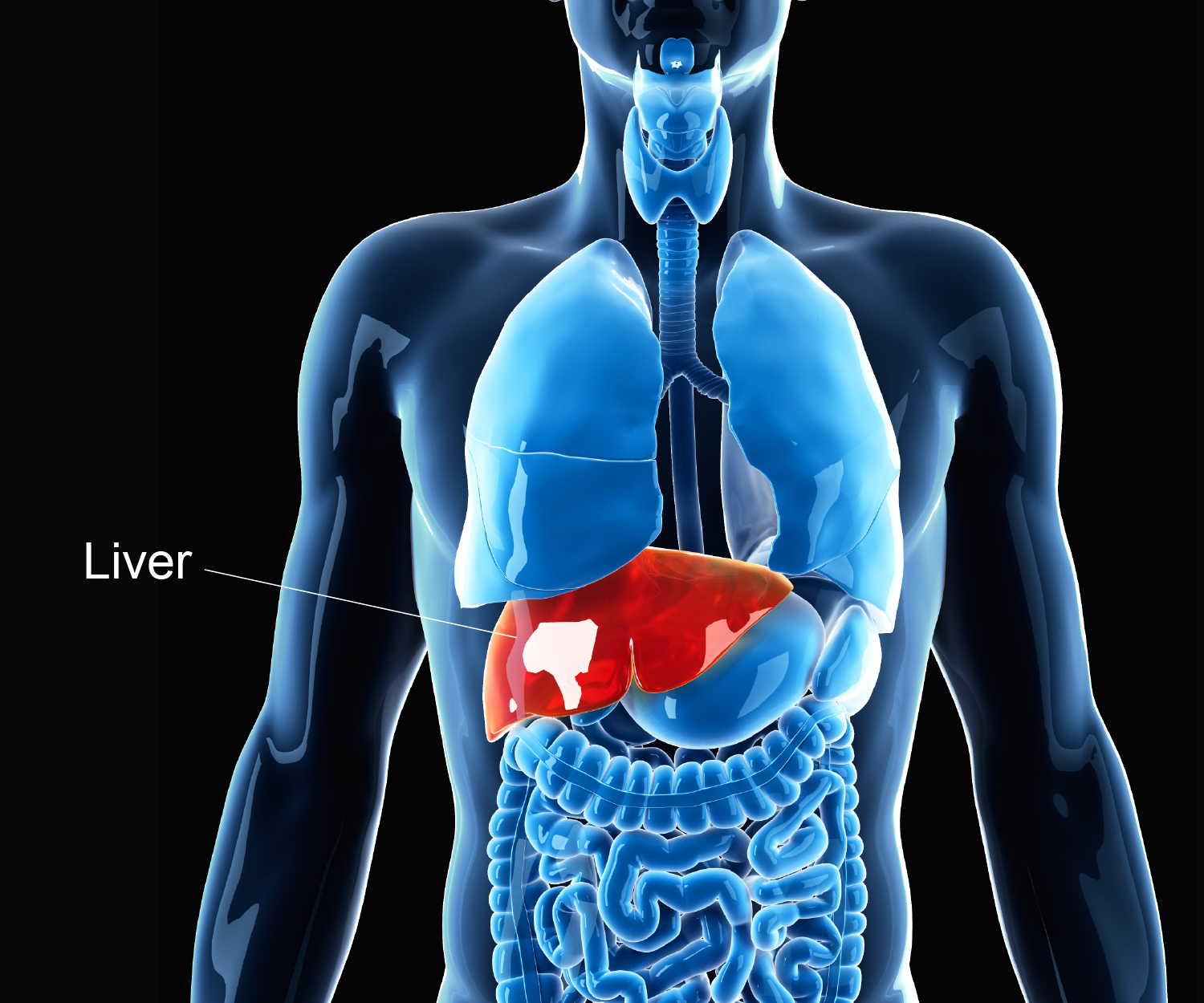
Liver (Pic 1), has the general shape of a wedge, is the largest internal organ and gland in our body. It lies immediately below the diaphragm in the right upper quadrant of the abdomen and is protected by the right rib cage.
Liver has numerous functions including storing glycogen, producing clotting factor and filtering the blood etc., but its main role in food digestion process is to produce bile.
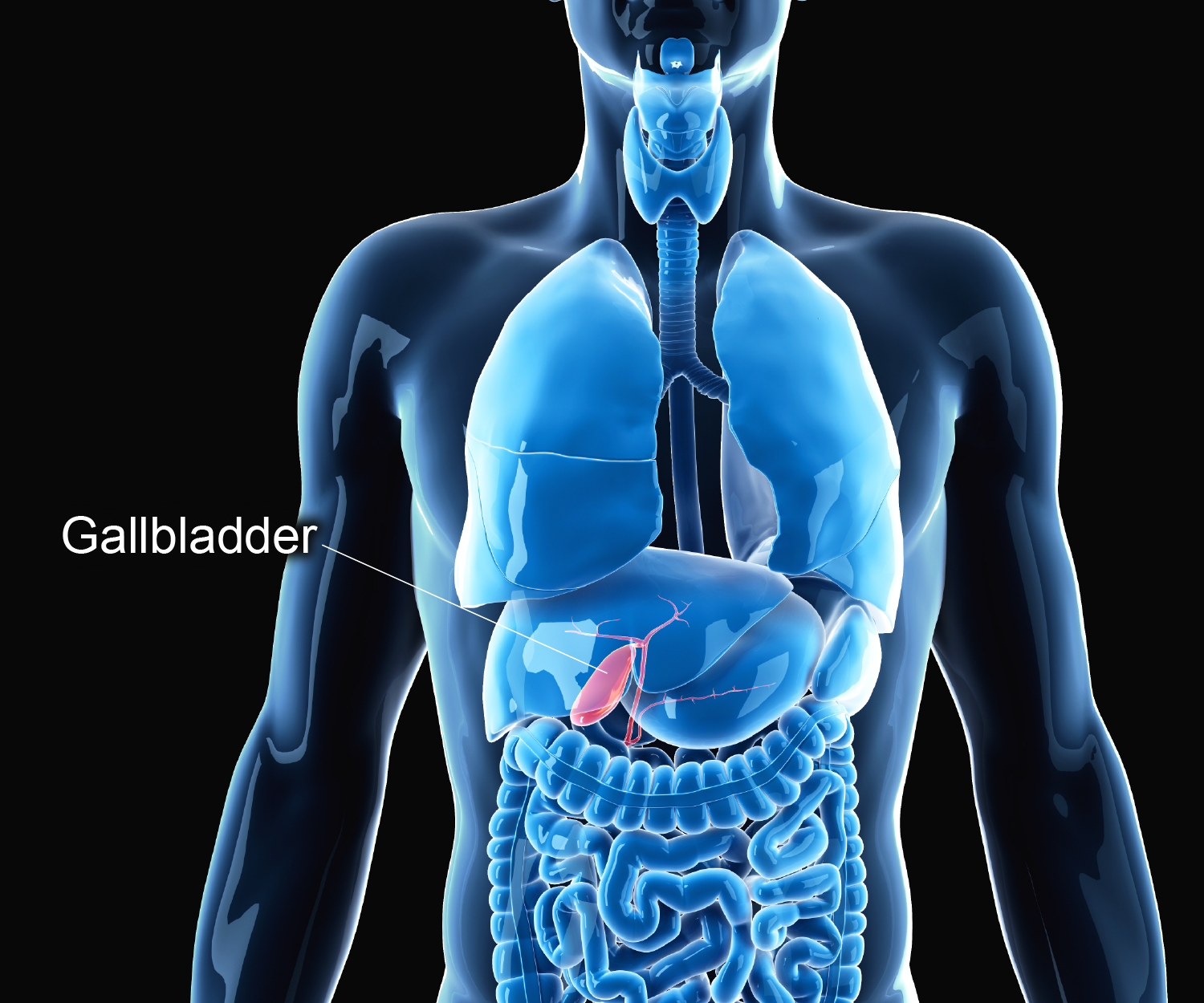
When bile is produced, it will be transferred and stored at the gallbladder (Pic 2), which is a small pear-shaped organ that is located just under the liver.
Once we started eating, the gallbladder will release the bile into the duodenum in the aim of breaking down fats and various lipids into smaller molecules to ensure they can be absorbed by the small intestine.
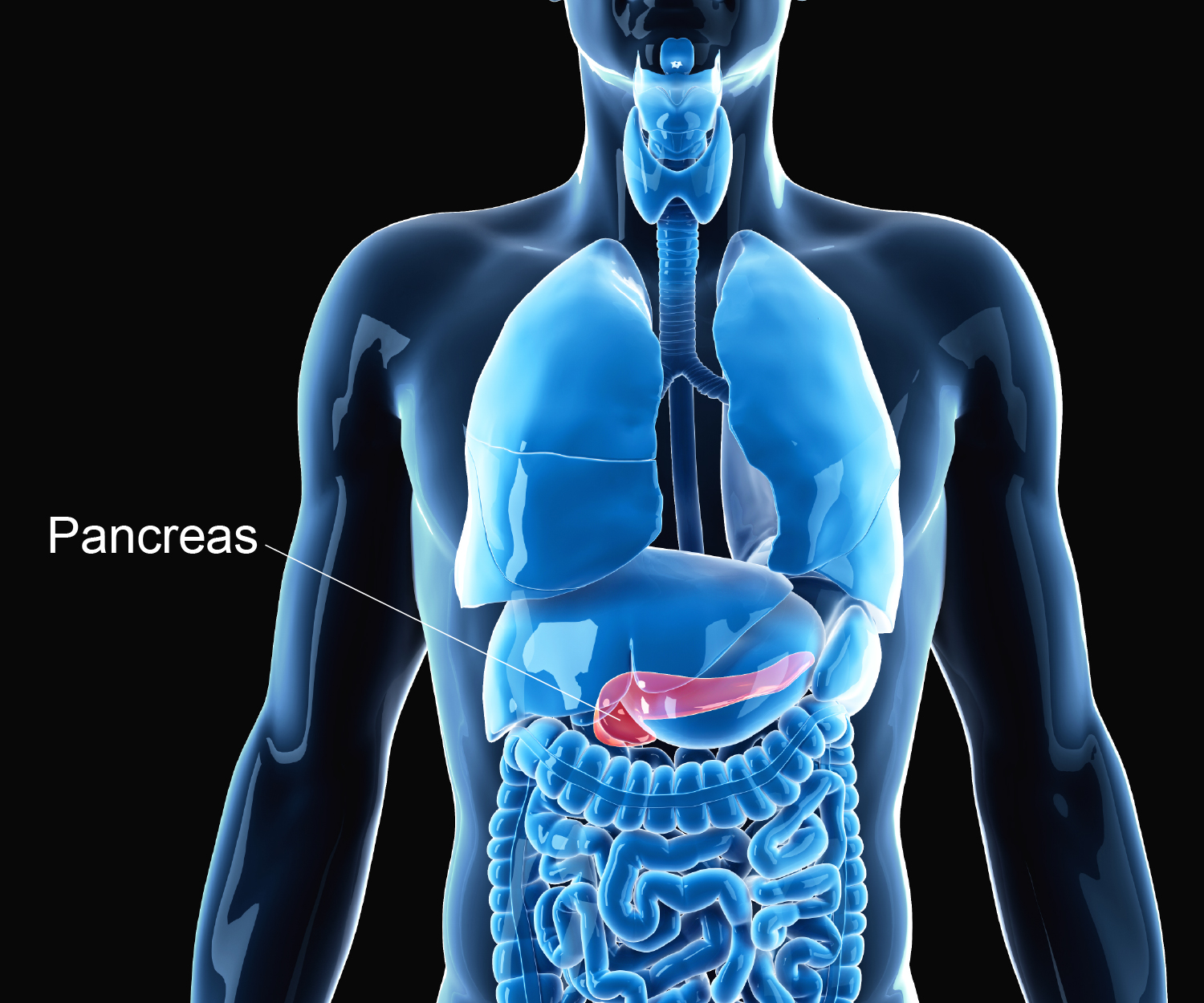
At the same time, our pancreas (Pic 3) – which has the shape of a fish that lies between the stomach and the spine, will release pancreatic juice that containing various enzymes to aid in digesting fat, carbohydrates and proteins.
Likewise, pancreas will also produce hormones such as insulin and glucagon in the blood stream for regulating the blood sugar level.
Liver, gallbladder and pancreas are like "the three musketeers" of our Hepato-biliary and pancreatic system, they are closely linked with one another; if one fails to work properly, it can affect the functions of the rest and the situation can be critical in the long run. Hence, getting to know more about them would help you to know the red flags and when should seek medical advice promptly.
Common Liver Health Issues and Red Flags (Pic 1)
- What are the red flags that indicate my liver is not well?
Jaundice, building up fluid in belly, bruising easily, skin itchiness, abdominal pain, edema, dark urine, pale stool, nausea and vomiting, loss of appetite, weight loss, and persistent fatigue and weakness are the red flags that indicating the liver is having problems. - What are the common liver diseases?
Fatty liver, alcohol related liver disease, hepatitis, cirrhosis, and liver cancer are the common liver diseases in Hong Kong. - Liver, alcohol and our health
There was a myth that 'drinking alcohol might reduce the chance of having heart diseases' back in the 1980s and it was often the motto of wine lovers.
Despite it is still a controversial topic nowadays, it is undoubtedly the more alcohol we drink, the heavier workload our liver has. It is because when we consume alcohol, our liver has to put in extra effort to break it down while working on its other normal duties.
Also, when our liver tries to break down the alcohol, some of the by-products (e.g. ethanol and acetaldehyde) generated during the process are harmful to the liver, which can lead to some unwanted outcomes such as building up of fats, inflammation, scarring of tissue etc. In the long run, these situations could turn into alcohol-related liver diseases such as fatty liver, hepatitis, fibrosis and cirrhosis.
In addition, ethanol and acetaldehyde are the carcinogens that could damage cell's DNA and lead to cancer growth; its influence on cancer development is similar to those tobacco smoke and ionizing radiation and asbestos.
Besides, other harmful effects of alcohol on our health, such as malnutrition, overweight, digestive problems, high blood pressure, heart problems…etc. are not to mention.
In other words, consuming alcoholic drink does more harm than good to our body. In particular, it is a heavy burden to our liver. Therefore, don't drink if you never start; but if you do, limit the consumption amount every time in order to reduce the harm as much as possible. - Are hepatitis carriers more likely to have liver cancer (hepatocellular carcinoma)?
In Hong Kong, prevalence of chronic hepatitis infection is around 6.2% among population between age of 15 to 84, patients with chronic hepatitis B (CHB) carrier increase chance of liver cancer (hepatocellular carcinoma) at least 10-25 times higher than that of non-CHB carrier. - Living with liver cancer (hepatocellular carcinoma)
Treatment of liver cancer (Hepatocellular carcinoma) encompass a whole armamentarium of different options such as surgery, targeted therapy, Immunotherapy, etc.; Hepato-biliary and pancreatic (HBP) surgeon can offer hepatectomy for suitable patients.
Hepatectomy for colorectal metastases are now becoming more common than that of primary hepatocellular carcinoma and offered possibility of long-term survival, which in the past carries grave and dismissal prognosis.
Gallbladder Conditions and Care (Pic 2)
- How do gallstones come from?
Gallstones are the crystalized deposits of bile, which is a digestive fluid that consists of cholesterol, bilirubin and bile salts. Gallstones are often developed when the chemicals make-up of bile become imbalance or the gallbladder does not empty correctly.
The size of gallstones can be ranged from a grain of sand to a size of a golf ball. They take many years to grow and it can be just one or many. - How do I know if I have gallstones?
Gallstones are often asymptomatic, they have often been found accidentally when people went for diagnostic imaging of an unrelated health conditions.
However, when you experience: sudden and shape pain in the centre of abdomen, or right under your right ribs which radiates to your side and shoulder blade for several minutes to a few hours; jaundice; nausea and vomiting; fever; light-brown urine or light-colored stool, these are the indications of the presence of gallstones which are blocking the flow of bile. - What should I do if I have gallstones?
Gall stones and common bile duct stones are among the most common disease. Patients presented to a HBP surgeon would entail both surgical and endoscopic treatments. - What would happen if bile duct is obstructed?
Bile ducts are the tiny canals that drive bile to travel from the liver, to the gallbladder, to the small intestine. It also helps in removing bilirubin from the liver.
When the bile duct is obstructed, it can slow down or stop the flow of bile; and the causes are likely to be gallstones in the bile duct, choledochal cysts or bile duct strictures.
The symptoms of bile duct obstructions are similar to gallstones, they are: upper abdominal pain, jaundice; nausea and vomiting; fever; and light-brown urine or light-colored stool. If these symptoms appear, seek medical advice promptly as bile duct obstruction can lead to inflammation, cirrhosis or even liver failure. - What are the treatment options of cholecystitis?
Cholecystitis is the inflammation of the gallbladder. The primary cause of cholecystitis is usually gallstones, which counted for 95% of all cholecystitis cases. Other possible causes could be infection, ischemia, biliary stricture, biliary dyskinesia, bile stasis and cancer.
Treatment of cholecystitis often require inpatient hospital stay for supportive care such as intravenous fluid, antibiotics and pain relief. Likewise, surgical removal of gallbladder is the definitive treatment option for cholecystitis in most of the cases as it is bound to recur from time to time.
Pancreas Health and Common Disorders (Pic 3)
- The relations between pancreas, insulin and blood sugar level.
When we consume food, our body breaks down food into sugar (glucose) and send it off to the rest of our body by travelling through the bloodstream. Organs from different parts of the body will then receive sugar from the blood and use it for energy.
Pancreas produces and releases hormones to the bloodstream in response to the signals for controlling blood sugar; insulin is one of them and its role is for lowering blood sugar level. - What can pancreas go wrong?
The most common problems that affect the pancreas are diabetes, pancreatitis and pancreatic cancer.
Diabetes
When pancreas does not produce enough insulin, or the insulin that produced by the pancreas couldn't be recognized by our body, diabetes mellitus may occur.
Pancreatitis
When pancreas is inflamed, pancreatitis would be developed. It happens when the digestive enzymes made by the pancreas attack the pancreas itself; the causes are likely to be either the blockage of common bile duct by gallstone or too much alcohol remains in the body for an extended period of time.
Pancreatic Cancer
Pancreatic cancer happens when abnormal cells grow and replicate out of control in the pancreas and turn into a malignant tumor. It can spread to other tissues and organs such as liver, abdominal wall, lungs, bones and lymph nodes.
The cause of pancreatic cancer is the changes in DNA of the cell. However, the exact cause of it is not well recognized; it is believed to be inherited; arise over time by exposure to harmful chemicals, by random, or mixed of the above, etc. - What are the risk factors associated with pancreatic cancer?
First-degree family history, inherited genetic mutations, diabetes, gum disease, smoking, obesity, chronic or hereditary pancreatitis, old age, diet high in red and processed meats, alcoholic drinker, and exposure to chemical and heavy metals would increase the chance of developing pancreatic cancer. - What are the symptoms of pancreatic cancer?
Symptoms of pancreatic cancer during early stage are not distinctive, patient may only represent some common GI symptoms like abdominal pain which radiates to the back, weight loss, diarrhoea, nausea…etc.
As these symptoms can easily be overlooked, patient would only recognize his/her health issues when come to a later stage of pancreatic cancer, which the above-mentioned symptoms become more intense, together with common bile duct blockage induced jaundice; by the time, cancer cells have already been spread to the surrounding area. Therefore, patient should seek medical attention early when symptoms persist. - Living with pancreatic cancer
Pancreatic cancer (Carcinoma of pancreas), the 10th most common cancer in HK but because of its high mortality rate, it is the fourth most common cancer related – death.
Surgical resection offers the only chance of complete resection and long-term survival.
Pancreatic surgery tends to be complex and may carry significant complications postoperatively, but in recent years there has been significant improvement in surgical techniques and instruments and hence both post-operative mortality and morbidity of patient undergone pancreatic resection become much reduced.
Did you know…
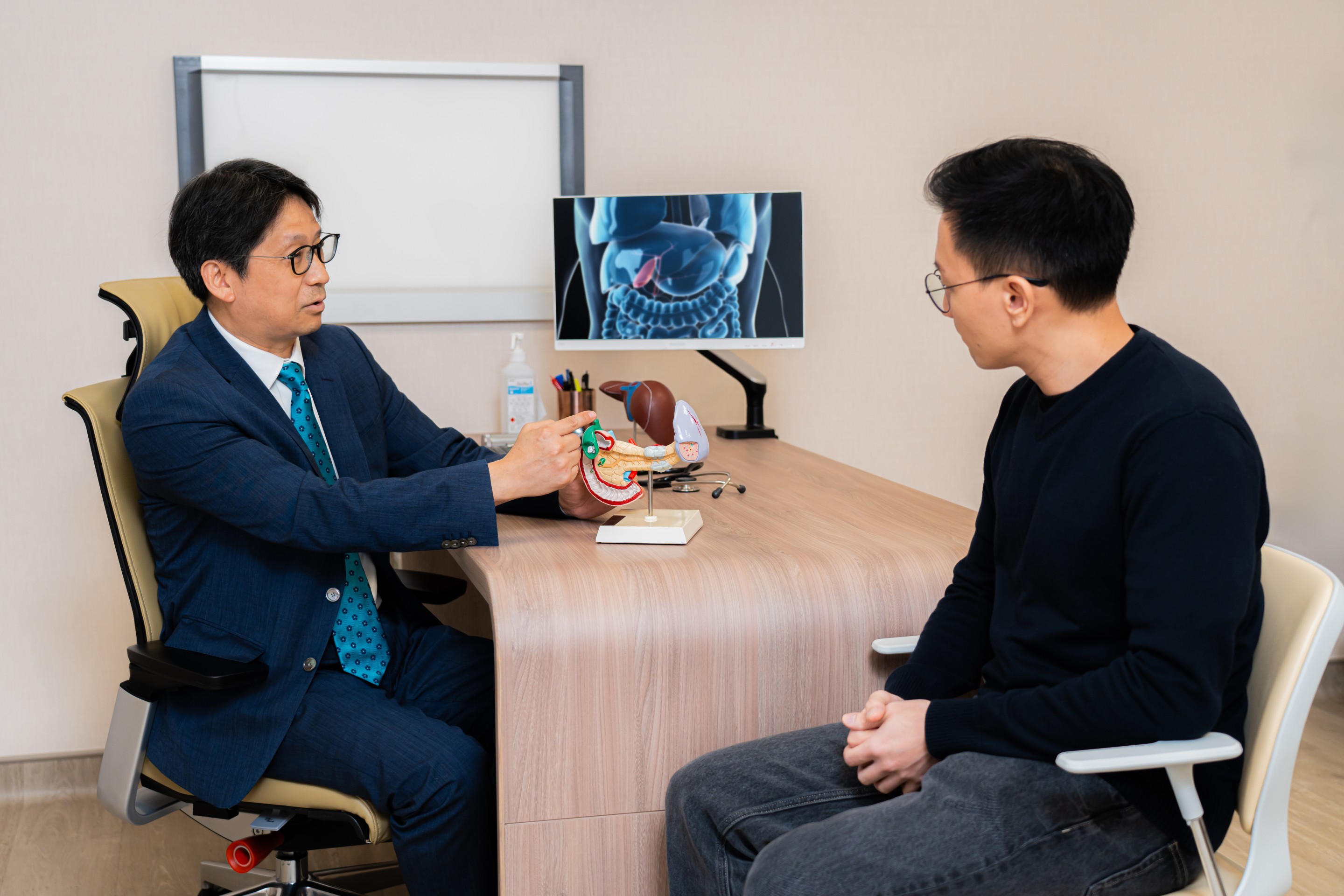
What is Hepato-biliary and pancreatic surgery (HBP)?
As the name implies, the scope of work of a HBP surgeon mainly involves liver, bile duct, gallbladder and pancreas.
> If you have any questions or concerns, please feel free to schedule a consultation appointment with our surgeons.
Reference :
- Cancer Online Resource Hub - Cancers in Hong Kong - Common Cancers in Hong Kong - Pancreatic Cancer. (n.d.). Www.cancer.gov.hk. https://www.cancer.gov.hk/en/hong_kong_cancer/common_cancers_in_hong_kong/pancreatic_cancer.html
-
change4health - Alcohol Fails - Is red wine good for heart? (2025). Change4health.gov.hk. https://www.change4health.gov.hk/en/alcoholfails/redwineheart.html
- Ito, H., Watanabe, A., Okaya, S., Ogawa, R., & Shimojo, N. (2022). Incidence and risk factors for hospital-acquired cholecystitis. Journal of Hospital Infection, 128, 13–18. https://doi.org/10.1016/j.jhin.2022.07.003
-
Viral Hepatitis Control Office -Health Professionals - Thematic Report on Viral Hepatitis. (2020). Hepatitis.gov.hk. https://www.hepatitis.gov.hk/english/health_professionals/thematic_report_on_viral_hepatitis.html










